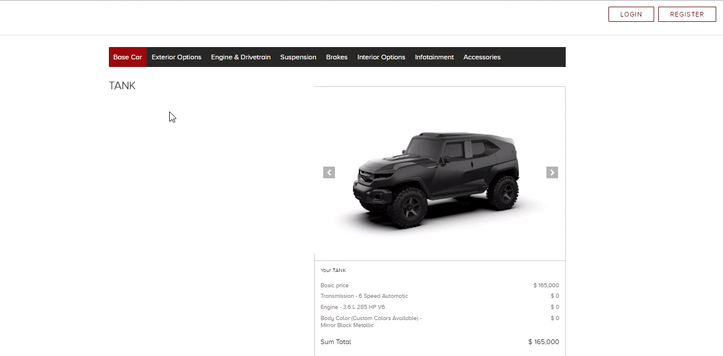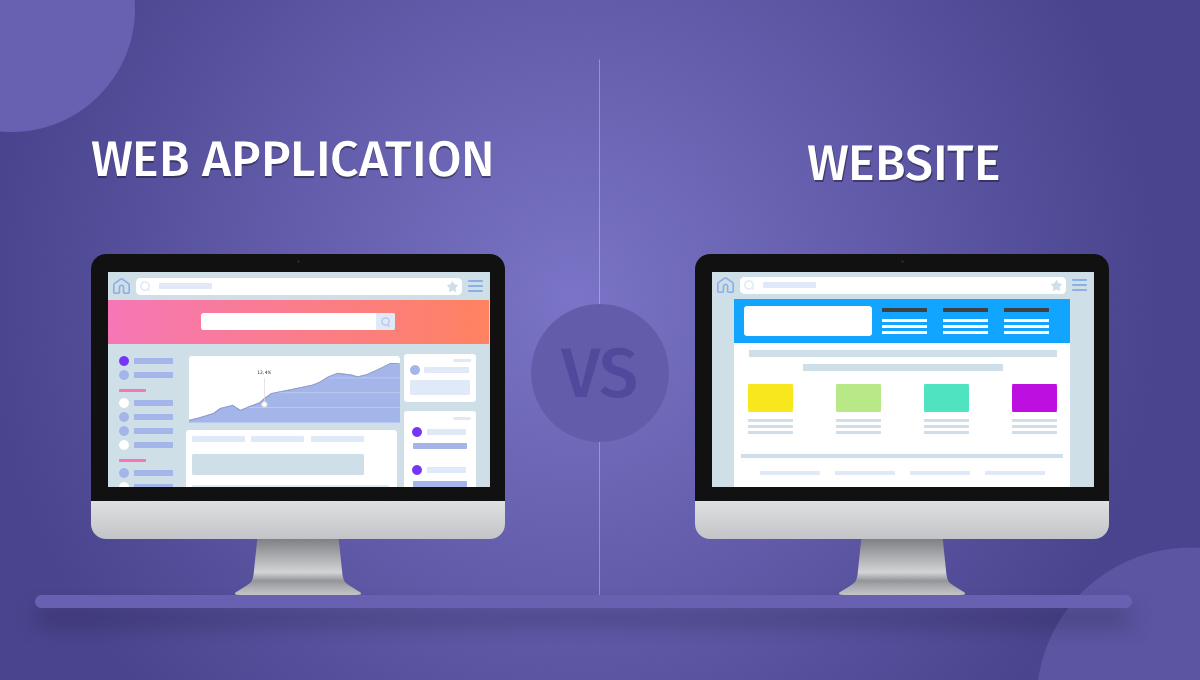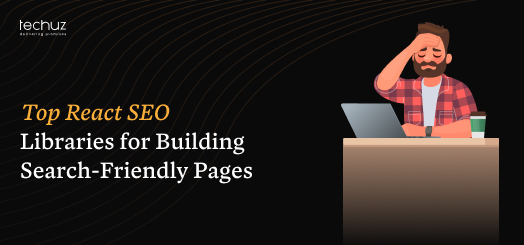Posted on
October 26, 2018
Updated on
March 26, 2024
Read time
 6 mins read
6 mins read
We answer all these questions and more in this blog:
Here’s an Epiphany – Not every URL you type in the address box is a website
Yes, that’s right.
Website and web application are the two different terminologies that are often used as synonyms.
On daily basis, we use different websites and web applications such as Google, Wikipedia, YouTube, Facebook, UpWork and so on regardless of knowing the difference and tagging them as the same.
And to be honest, it shouldn’t bother you until and unless you are planning to hire a web development company to develop your own.
But if you are, then having the knowledge about the websites and web application can be handy to define the scope and requirements of the project, skills and expertise required and even the technology to be used.
So this blog is dedicated to helping you understand what is a website, what is a web application and the difference between them.
Web Application vs Website
Let’s start with a brief history.
The advent of the internet spurred the dispensation of information. It was revolutionary; way more massive than the Gutenberg press. It changed the way we would access the information, from tangible papers to a new paradigm that the future will pursue – websites.
The main purpose of the website was to provide information which later one evolved for the marketing. Websites during this classic HTML era were just static pages with content and media that anyone could access by visiting the URL address. The reason these websites are called static is that the content remains the same each and every time a visitor accesses it. And any changes in the page could be made by adding the content in the HTML.
On the contrary modern websites use more than just HTML. Languages like CSS and JavaScript are prominently used and even there is a heaven-high and hell-deep of difference in the designs.

(Apple’s website – then and now)
However, the concept of the website is still the same – to provide information to the user and a tool for marketing.
“Alright, I got the point, websites are more for informational. So what does a web app do?”
I’m glad you asked that. Our next point discusses the same.
What is a Web Application?
Traditionally software was installed on personal computers. But the proliferating reach of internet and perks of web technology bred a new concept of catering software. These software are called web applications.
The term “Web Application” itself makes the things clear – it is just like any other software or mobile application which catered over the internet and used in the browser. But unlike websites, they provide more functionalities and features. We everyday use numerous web applications such as Gmail, Google Drive, Facebook, LinkedIn, Trello, Slack, etc.
A web application can be as simple as a calculator but can also get as complex as data analytic software like Google Analytics. Some of the core benefits that have made web applications so popular are:
- No installationWeb apps run in a browser; no need of installing to the device.
- Can run across different OS Device segregated in different OS systems is a barrier for the software. Web application solves this issue.
- Accessibility Web Applications can be accessed from any device from anywhere.
What Makes Web Application Different from Website?
#1. User Interaction
The websites are on the internet to provide information, there is no or minimal user interaction like subscribing to the mailing list. However, when it comes to web application the core intention is user input and interaction.
Here, take a look at the website and the car configurator web application of Rezvani, an LA-based automobile manufacturer. Their website showcases the different models of cars with the specification. While the web application facilitates the user to customize the car as per the needs.

(Example of a website displaying the range of cars)

(A single page web application – Car configurator)
#2. Web Apps are Utilitarian
Web Applications are made to provide utility or solve an issue. Name it, whether it be communication platforms like Skype, Slack and Gmail or job marketplaces like Upwork, Freelancer or Fiverr and even broadcasting and streaming services like YouTube, Vimeo or Spotify. All these serve a purpose and provide utility such as communication, interaction and entertainment.
#3. Web Apps are more than HTML
Unlike websites, web applications are more than just an HTML page; they are quite complex and feature-rich. A web application will have a backend, a business logic, database, authentication and more.
A restaurant’s website can be the best epitome here. If it caters basic functionalities like providing you with the restaurant menu, discounts and offers for a special occasion, a picture gallery of its range of mojitos (with a small umbrella in it) or directions to the restaurant – it is a website.
However, if it also provides additional features like ordering the food, customizing your order, make an online payment, tracking the delivery, etc. all these make it a web application.
The programming languages used as well are varied – JavaScript, Python, Ruby or PHP. Even there are different frameworks and technologies providing features and functionalities for specific needs of the web application. For instance, Angular for enterprise-grade apps and React for flexibility and freedom during development.
Wrapping Up
Now you might be aware why your IT colleague gave you a weird look when you called his web application a website. In addition to that, you are now more clear about your project needs.
If your start-up is a web-based such as a job marketplace, on-demand app, e-commerce store or an education application, it goes without saying, you need a feature rich web product – web application. On the flip side, initially for an offline business such as a restaurant, a website would suffice your marketing needs. However, complex futures can be added further on a later stage to give a better experience to the users. This also makes clear to hiring the web development company aligned with your needs.








